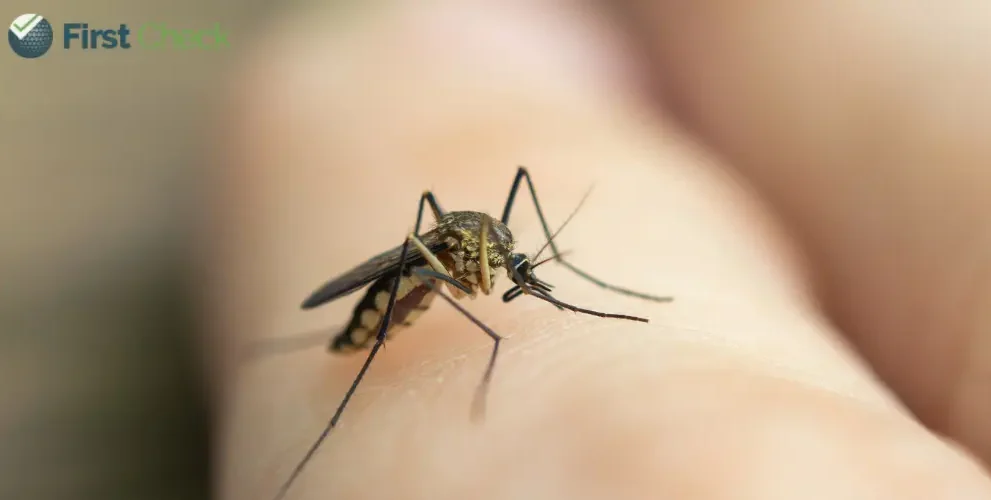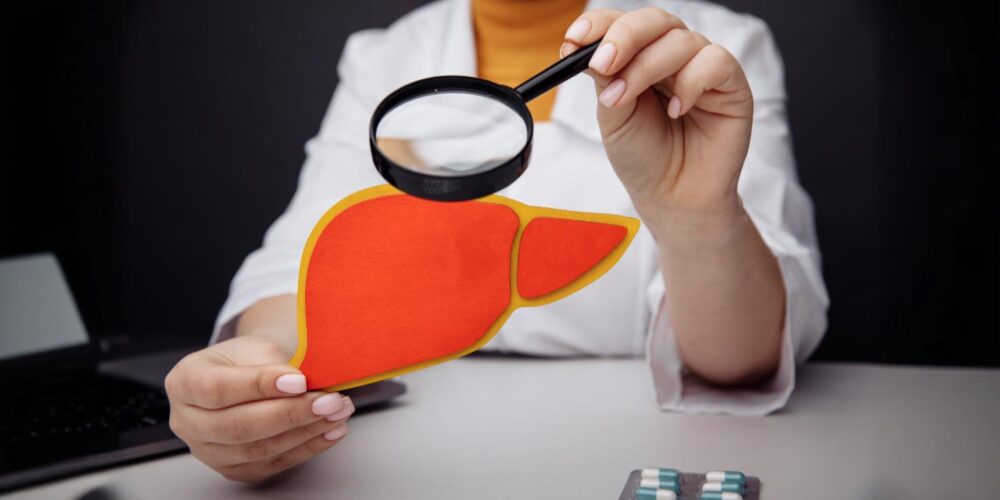
Author
The vector-borne disease spread by mosquitoes can lead to severe brain inflammation, resulting in serious symptoms like seizures, coma and even death.
As India and most of Asia await the onset of monsoons after a particularly challenging summer, concerns about Japanese Encephalitis (JE) transmission during the rains are justified. Once the vector populations increase, the risk of transmission of this vector-borne disease spread by mosquitoes is higher.
JE was first identified in Japan in the 1870s. Caused by the Japanese Encephalitis Virus (JEV), it is part of the flavivirus family, a group of viruses that includes zika, yellow fever, and dengue. Mosquitoes, particularly those from the Culex Vishnui group, carry the virus from infected pigs and birds to humans. That’s why the disease is more common in rural areas where rice farming and pig raising is the norm.
Every year, it’s estimated that nearly 68,000 people are infected with JE, mostly in Asia and the Pacific region. China reports about 50 per cent of all JE cases worldwide. While it is mostly believed to affect young children, both adults and children are at risk because they don’t have the antibodies needed to protect them.
Most people who catch JE don’t have any noticeable symptoms, or they only experience mild symptoms like a headache or fever. However, for a small percentage, the disease can lead to severe brain inflammation, resulting in serious symptoms like seizures, coma and even death.
Currently, there’s no cure for JE. The treatment focuses mainly on managing the symptoms. This might involve bed rest, plenty of fluids, and medication to reduce fever and pain. If someone has severe symptoms, they might need to be hospitalised and closely monitored by a doctor.
Vaccination is the most effective way to prevent JE. Other preventive measures include reducing mosquito populations by spraying insecticides and eliminating standing water where mosquitoes breed; using mosquito nets and repellents to avoid mosquito bites; educating people about JE and how to safeguard themselves. By adopting these prevention methods, the spread of JE can be reduced, thereby protecting more people, particularly in areas where the disease is endemic.
Read More: Higher intake of ultra-processed foods associated with higher mortality: Study









